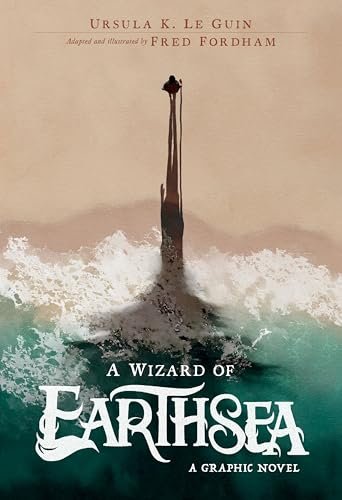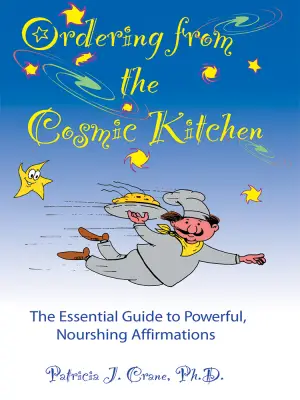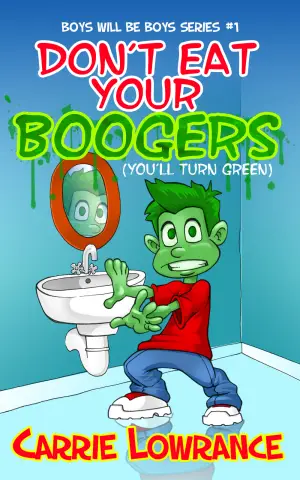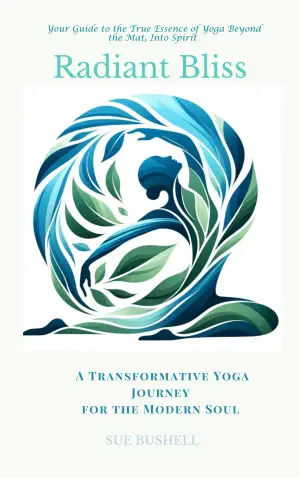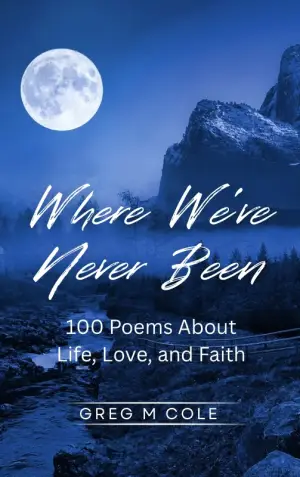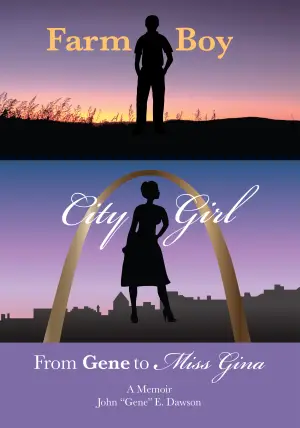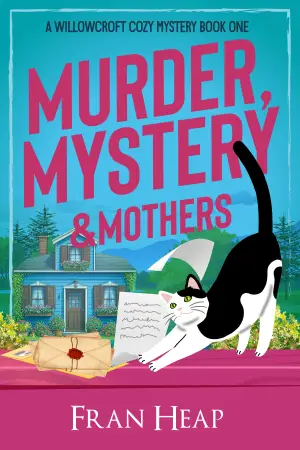Embracing the Ether: A Review of A Wizard of Earthsea: A Graphic Novel
As someone who has cherished Ursula K. Le Guin’s Earthsea series for years, the release of A Wizard of Earthsea: A Graphic Novel was like a long-awaited reunion with an old friend. My heart soared at the thought of revisiting Ged’s journey, this time through the vibrant lens of graphic storytelling. After all, this foundational tale has shaped not only my understanding of fantasy but has influenced countless authors and narratives that followed, arguably laying the groundwork for modern classics like Harry Potter.
This graphic novel adaptation, illustrated by Fred Fordham, captures Ged’s introspective journey in a way that feels both familiar and refreshingly new. The plot follows young Sparrowhawk, or Ged, as he ventures into the storied halls of the wizarding school on Roke Island. Unlike the action-packed quests of many modern YA novels, Ged’s journey is steeped in meditation and self-discovery, a notion that resonated deeply with me. There’s a beautiful simplicity to Ged’s predicament—he succumbs to the temptation of power, casting a forbidden spell that inadvertently summons a shadow creature. This haunting metaphor for inner conflict is universal and relevant, transcending the fantasy genre.
What I found particularly enchanting in this adaptation was the synergy between Le Guin’s ethereal prose and Fordham’s evocative artwork. The muted color palette and soft, flowing lines were reminiscent of how I had envisioned Earthsea while reading the novel. Fordham masterfully conveys the world’s otherworldliness through illustrations that lack hard edges, inviting readers into a realm that feels both mystical and introspective. It was refreshing to experience moments where words were absent—pages purely devoted to visual storytelling allowed me to traverse Ged’s world and feelings without distraction.
Importantly, I noted how the graphic novel honors Le Guin’s intention to portray Ged and other characters as brown-skinned—bumping against the legacy of past adaptations that struggled with authenticity. Le Guin wrote, "My people could be any color I liked, and I like red and brown and black." This perspective beautifully adds depth to the characters’ experiences and enriches the reader’s understanding of identity, empathy, and belonging.
Yet, while I savored this adaptation, I couldn’t help but feel that those unfamiliar with the novel might struggle with the stark stylistic shift. With minimal dialogue and inner thoughts left largely unspoken, the subtlety might be a barrier for readers unacquainted with Ged’s background. As I followed his emotional turmoil through Fordham’s artistry, I realized that familiarity with the original text deepens the graphic novel’s impact. I would wholeheartedly suggest starting with A Wizard of Earthsea before diving into this new interpretation.
In conclusion, A Wizard of Earthsea: A Graphic Novel stands as a vibrant homage to a beloved classic. It’s an enchanting experience for avid fans of Le Guin’s work, and a potential doorway into Earthsea for those new to the series. This adaptation not only rekindled my love for Ged’s journey but reminded me of the profound messages nestled within the pages—identity, consequence, and the quest for self understanding. For anyone intrigued by fantasy that transcends mere adventure and delves into the beauty of self-discovery, this graphic novel is a must-read.
Discover more about A Wizard of Earthsea: A Graphic Novel (The Books of Ear… on GoodReads >>

